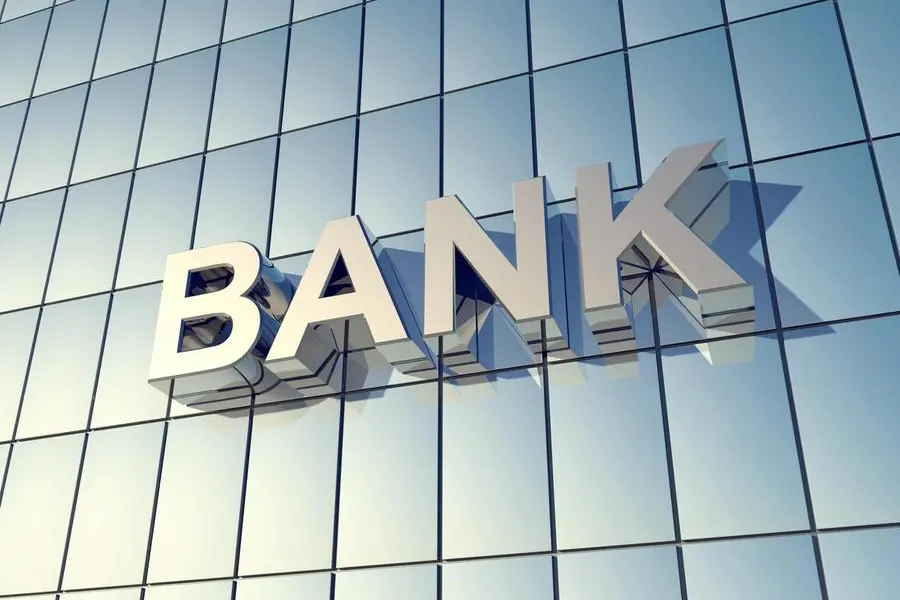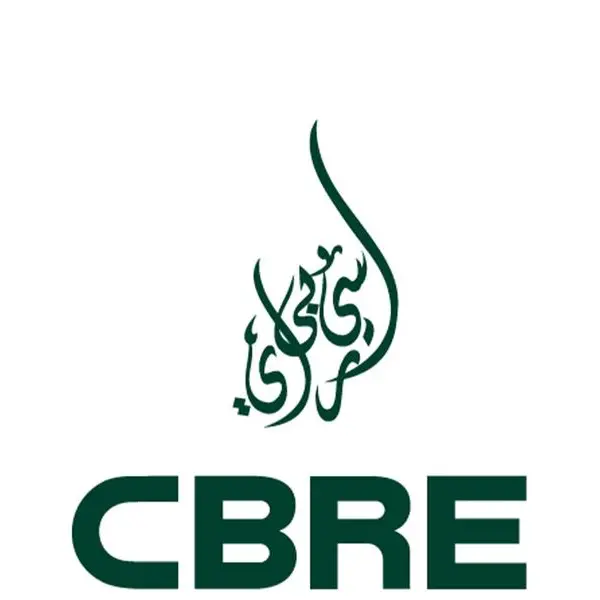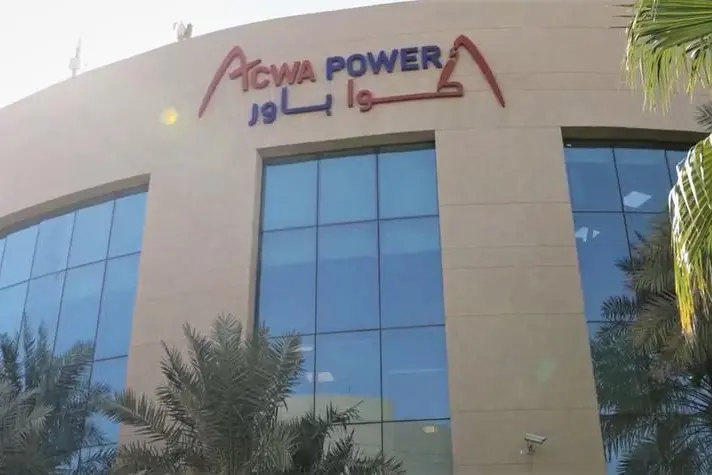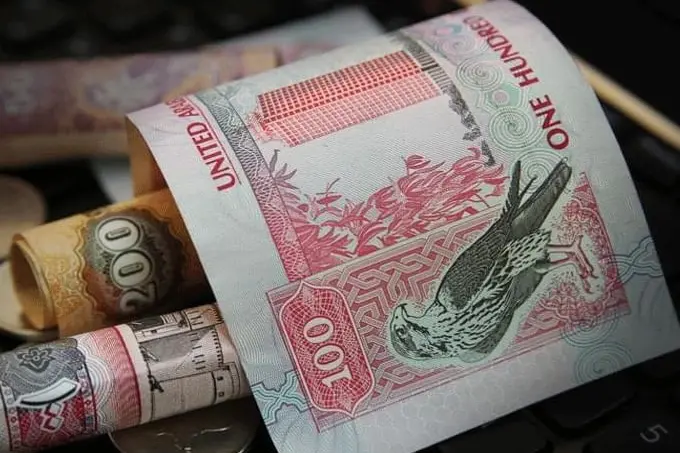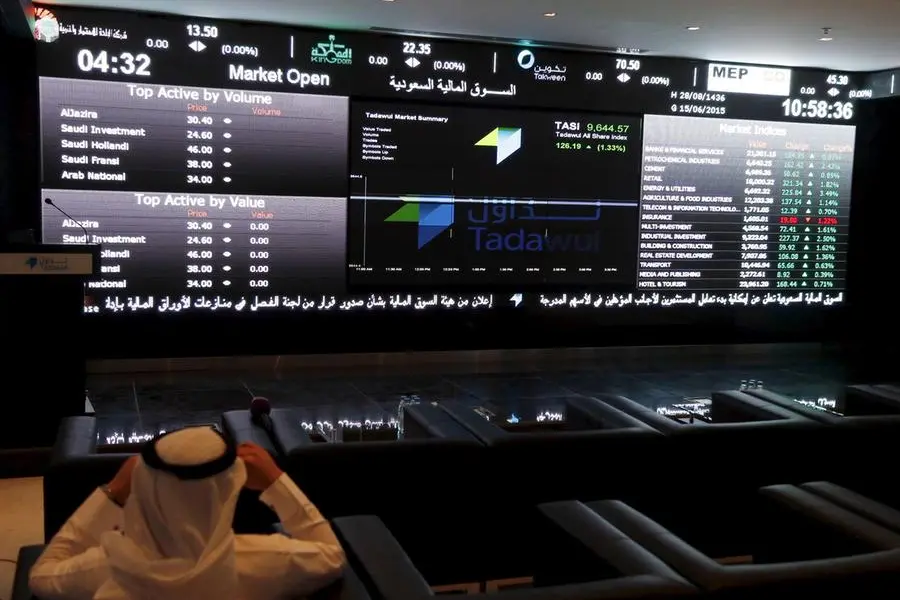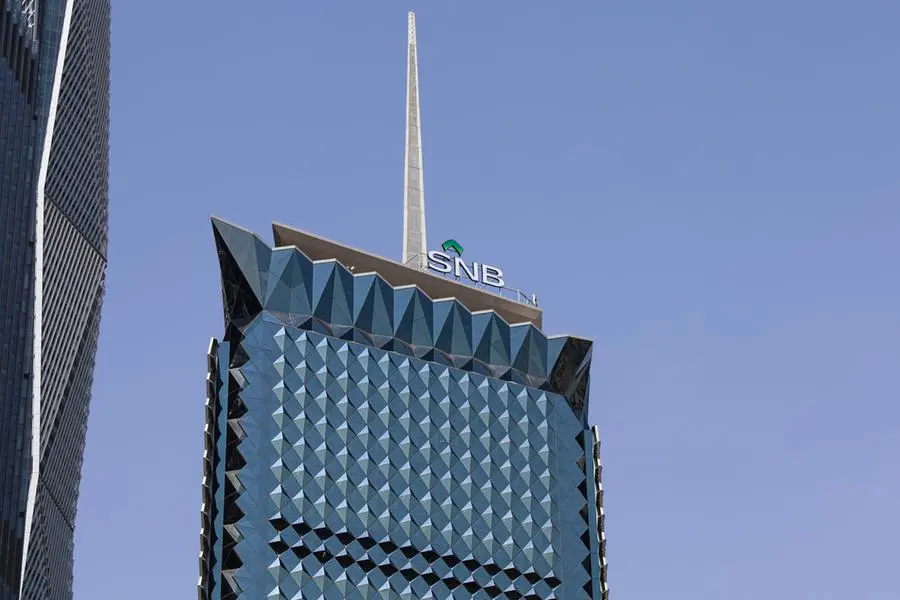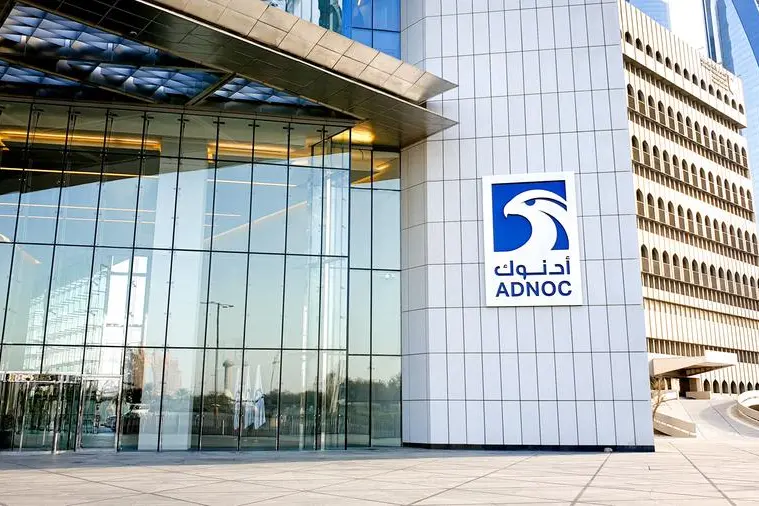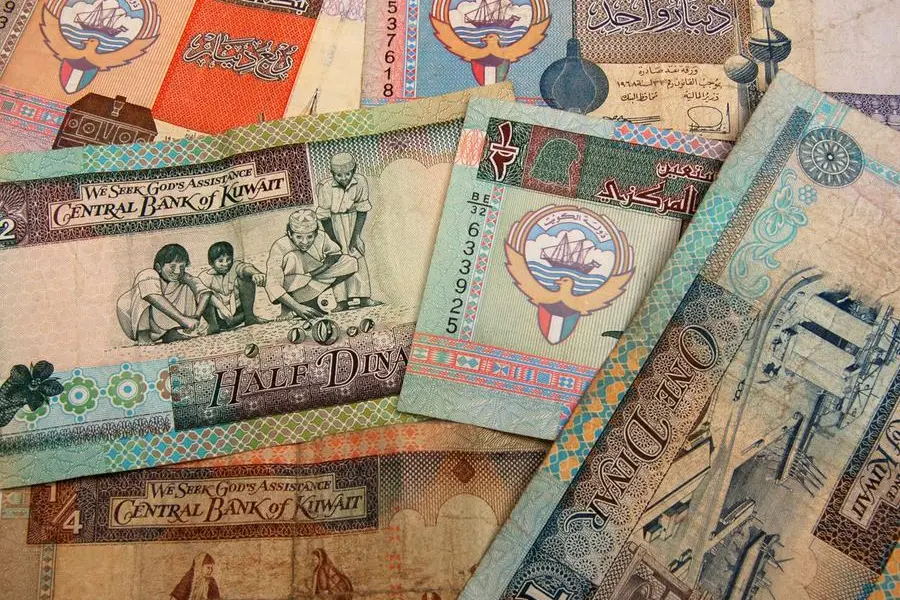PHOTO
Net income at banks in Saudi Arabia improved to SAR21.5 billion in 4Q24, compared to SAR20 billion in 3Q24, as interest rate cuts helped boost net interest margins (NIMs), Fitch Ratings says. Lending growth remained strong, and we expect it to continue outpacing Gulf peers' in 2025.
Fitch estimates that the sector average NIM (calculated as net interest income/average earning assets) for Saudi banks rose to 3.2% in 4Q24 (9M24: 3.1%), as banks’ cost of funding reduced by 12bp (to 3.2%) after the central bank cut interest rates by 50bp in 4Q24. The average earning assets yield remained stable at 6.3%.
Banks with higher levels of retail financing benefitted most, reflected by the NIMs of Al Rajhi Bank and Bank Aljazira improving by 20bp quarter on quarter (to 3.4% and 2.3%, respectively), while Saudi National Bank’s (SNB) NIM was 3% in 4Q24, up from 2.7% in 3Q24.
Saudi banks’ combined net profit was SAR80 billion in 2024, up from SAR70 billion in 2023, with the sector average return on equity improving to 15% (2023: 14%). The rise in earnings was driven by fast growth and a lower cost of risk (2024: 30bp; 2023: 40bp), both underpinned by the healthy operating environment.
Lending expanded by SAR87 billion (3.1%) in 4Q24. Al Rajhi Bank had the strongest growth of SAR44 billion (6.7%), with equal contributions from its retail and corporate segments. Annual growth of gross financing at Saudi banks averaged 14% in 2024 (up from 11% in 2023), with three banks reporting considerably higher levels: Saudi Awwal Bank (20%), The Saudi Investment Bank (22%) and Bank Aljazira (19%). We expect Saudi banks to continue growing faster than their peers from other Gulf countries in 2025, forecasting sector financing to increase by 12%. Further interest rate cuts and stronger liquidity conditions should underpin banks’ growth appetite.
The customer deposits balance of Saudi banks reduced by SAR35 billion in 4Q24, marking the first quarter since 2019 when deposits declined. However, this has a seasonal component, and we expect a stronger performance in 1Q25, as occurred in 1Q23 and 1Q24. Deposits grew by SAR40 billion in January 2025, according to the Saudi Central Bank.
SNB had the largest outflow of customer deposits in 4Q24, with its balance dropping by SAR54 billion. This included a SAR30 billion decrease in current and savings deposits, although these remain a still-high 72% of total deposits. SNB mitigated the outflow with repo facilities (SAR12 billion increase) and money market deposits (SAR11 billion increase), and its Fitch-calculated loans/deposits ratio grew to 115% at end-2024 (sector average: 105%). SNB’s regulatory loans/deposits ratio remained comfortable at 84%.
Saudi banks’ external liabilities remained stable at around SAR0.4 trillion at end-4Q24 (about 11% of total sector funding). Net foreign assets fluctuated around 0.5% of total sector assets. We expect Saudi banks to gradually increase their reliance on external funding, especially if corporate borrowers continue to demand foreign-currency financing, but net foreign assets will remain below 2% in 2025.
The combined impaired financing balance reduced by SAR2 billion in 4Q24 (by SAR1.5 billion since end-2023), and the underlying ratio declined to 1.4% at end-2024 (end-2023: 1.7%). Total provision coverage of impaired financing remains healthy (end-2024: 114%). We expect Saudi banks’ asset-quality metrics to remain strong in 2025.
The sector’s common equity Tier 1 ratio declined by 80bp in 2024 (to 15.7%) due to growth and dividend payments, while declines in the Tier 1 and total capital adequacy ratios were lower at 30bp–40bp due to Additional Tier 1 and sub-debt issuances.
-Ends-
Media Contact
Matt Pearson
Senior Associate, Corporate Communications
Fitch Group, 30 North Colonnade, London, E14 5GN
E: matthew.pearson@thefitchgroup.com
